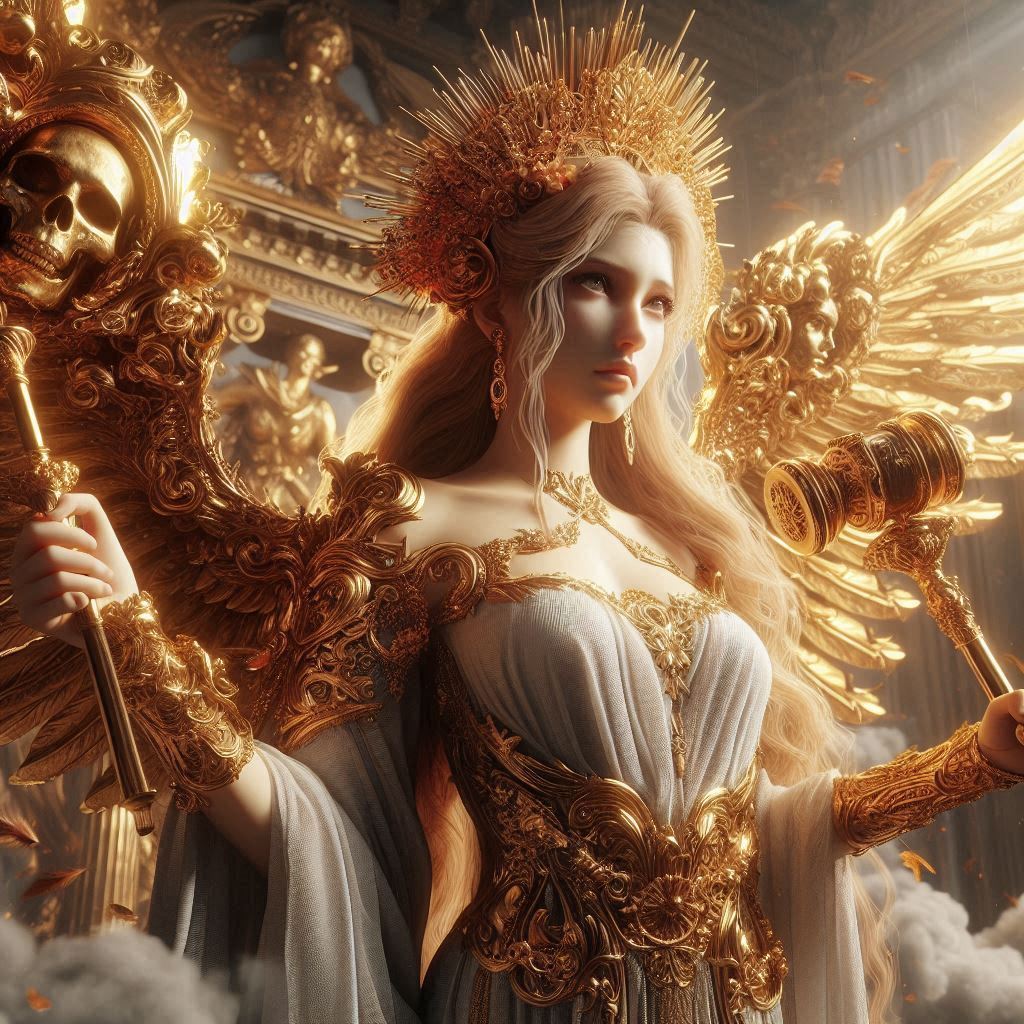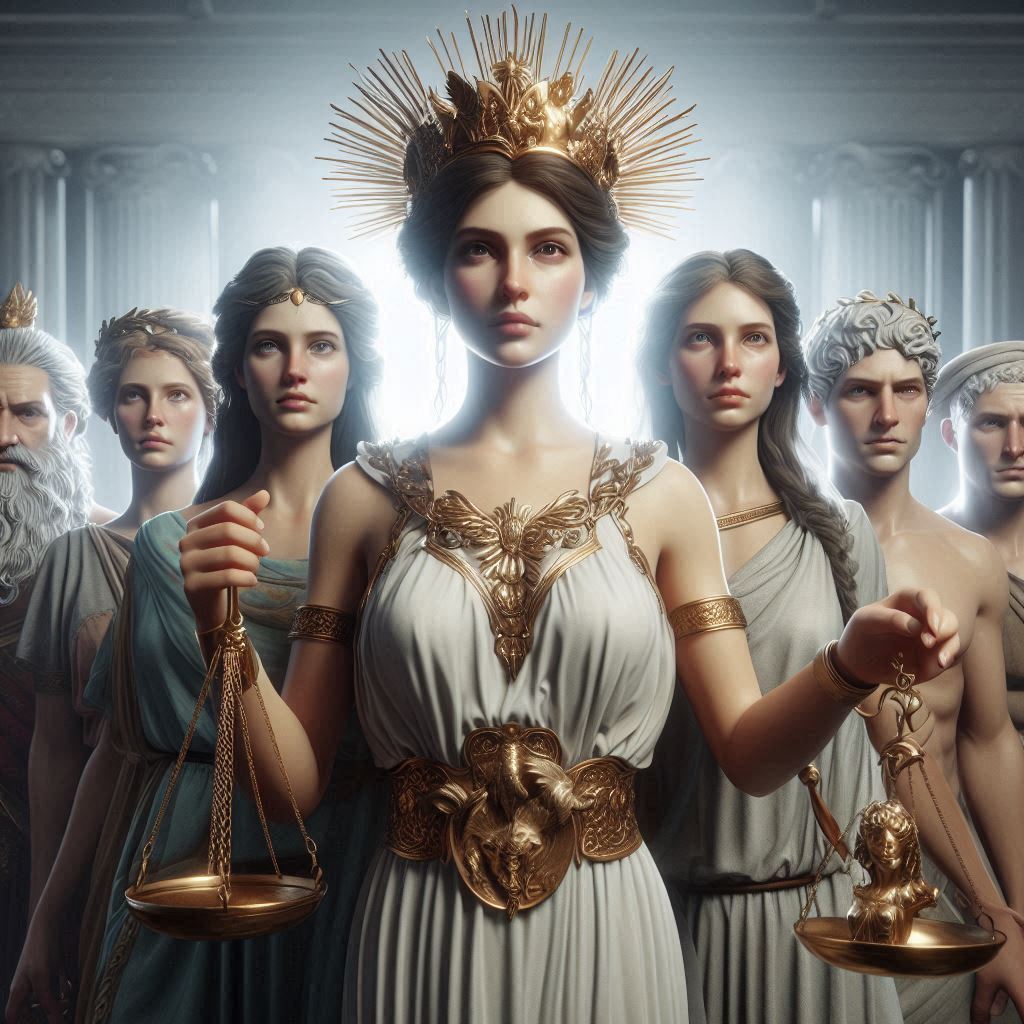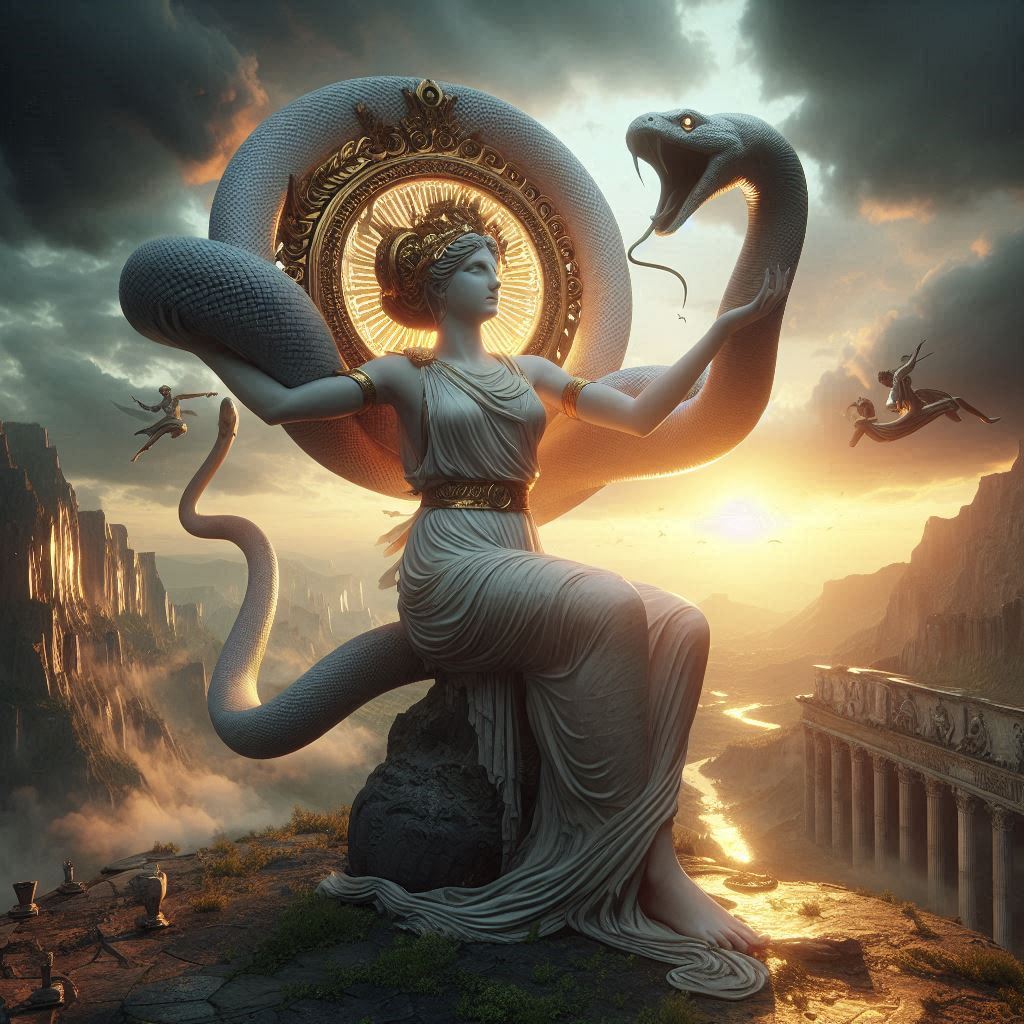Table of Contents
Slavic Folklore: A Rich Tapestry of Myth, Magic, and Tradition
Slavic folklore is a vast and intricate tapestry woven from the myths, legends, and traditions of the Slavic peoples, who inhabit a large portion of Eastern Europe, the Balkans, and parts of Northern Asia. Rooted in ancient pagan beliefs and later influenced by Christianity, Slavic folklore is a fascinating blend of the mystical and the mundane, offering a window into the worldview, values, and imagination of the Slavic people. From the enigmatic gods of the pre-Christian pantheon to the mischievous spirits inhabiting forests and homes, Slavic folklore is a treasure trove of stories that continue to captivate and inspire.

The Pantheon of Slavic Deities
At the heart of Slavic folklore lies its rich pantheon of gods and goddesses, each embodying natural forces, human emotions, and societal values. Perun, the god of thunder and lightning, was one of the most revered deities, symbolizing strength, protection, and justice. His counterpart, Veles, was the god of the underworld, cattle, and commerce, often depicted as a trickster figure. The duality between Perun and Veles reflects the Slavic understanding of the balance between order and chaos, sky and earth, life and death.
Other notable deities include Mokosh, the mother goddess associated with fertility, weaving, and the earth, and Svarog, the god of fire and blacksmithing, who was believed to have forged the sun. These deities were not distant figures but were deeply integrated into the daily lives of the Slavic people, who sought their favor through rituals, offerings, and festivals.
The Spirit World: Domovoi, Leshy, and Rusalki
Slavic folklore is also teeming with a myriad of spirits and supernatural beings that inhabit the natural world. The domovoi, a household spirit, is a guardian of the home, ensuring the well-being of the family. While generally benevolent, the domovoi could become mischievous if displeased, reminding the household to maintain harmony and respect.
In the forests, the leshy reigns supreme. This forest spirit, often depicted as a tall, humanoid figure with a beard made of moss, is both a protector and a trickster. The leshy could lead travelers astray or help them find their way, depending on his mood. Similarly, the rusalki, water nymphs or spirits, are associated with rivers and lakes. These beings, often depicted as beautiful maidens, could be both alluring and dangerous, luring unsuspecting individuals to their watery domains.
Folk Heroes and Legendary Creatures
Slavic folklore is also rich in tales of heroic figures and mythical creatures. One of the most famous heroes is Ilya Muromets, a bogatyr (knight-errant) who embodies strength, courage, and loyalty. His adventures, often involving battles with dragons and other monstrous foes, are a testament to the Slavic ideal of heroism.
Among the legendary creatures, the zmey (dragon) holds a prominent place. Unlike the fire-breathing dragons of Western folklore, the zmey is often depicted as a wise and powerful being, sometimes even a protector of the land. The baba yaga, a witch-like figure who lives in a hut on chicken legs, is another iconic character. Though often portrayed as fearsome and unpredictable, Baba Yaga can also be a source of wisdom and aid to those who approach her with respect and cunning.
Rituals and Festivals
Slavic folklore is deeply intertwined with seasonal rituals and festivals, many of which have their roots in ancient agrarian practices. The celebration of Maslenitsa, a festival marking the end of winter and the beginning of spring, involves the burning of a straw effigy and the consumption of blini (pancakes), symbolizing the sun and the renewal of life. Similarly, Kupala Night, celebrated during the summer solstice, is a time of bonfires, flower wreaths, and rituals to ensure fertility and protection.
These festivals, often accompanied by music, dance, and storytelling, serve as a bridge between the past and the present, preserving the cultural heritage of the Slavic people while adapting to changing times.
The Influence of Christianity
With the advent of Christianity in the Slavic world, many pagan beliefs and practices were either absorbed into the new faith or transformed. Saints often took on the attributes of former deities, and Christian holidays were superimposed onto older pagan festivals. For example, Perun’s association with thunder was transferred to Saint Elijah, while Mokosh became associated with the Virgin Mary. This syncretism allowed Slavic folklore to endure, even as the religious landscape shifted.
The Enduring Legacy of Slavic Folklore
Today, Slavic folklore continues to inspire literature, art, and popular culture. Writers like Nikolai Gogol and Aleksandr Pushkin drew heavily from Slavic myths and legends, while modern adaptations in film, television, and video games keep these stories alive for new generations. The themes of Slavic folklore—heroism, the interplay between humans and nature, and the struggle between good and evil—remain universal, resonating with audiences across time and space.
In conclusion, Slavic folklore is a vibrant and multifaceted tradition that reflects the deep connection between the Slavic people and their environment. Its gods, spirits, heroes, and rituals offer a glimpse into a world where the mystical and the everyday coexist, reminding us of the enduring power of storytelling to shape our understanding of the world and ourselves. As long as these tales are told, the spirit of Slavic folklore will continue to thrive, bridging the past and the future with its timeless wisdom and enchantment.


No responses yet